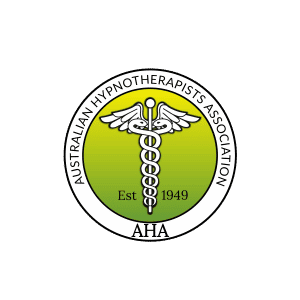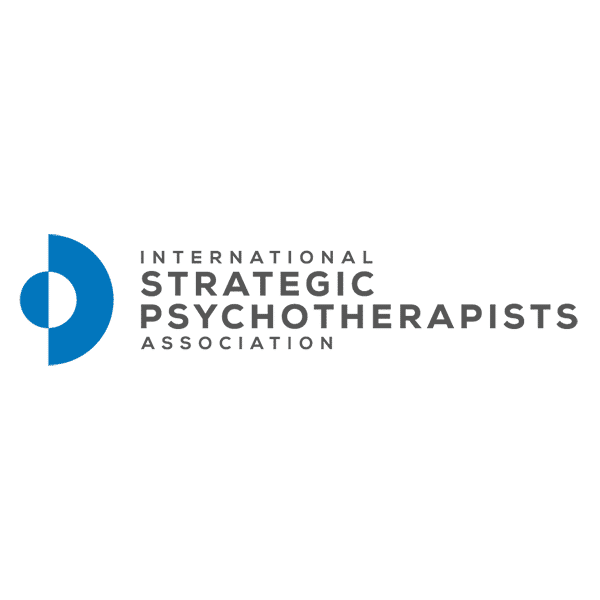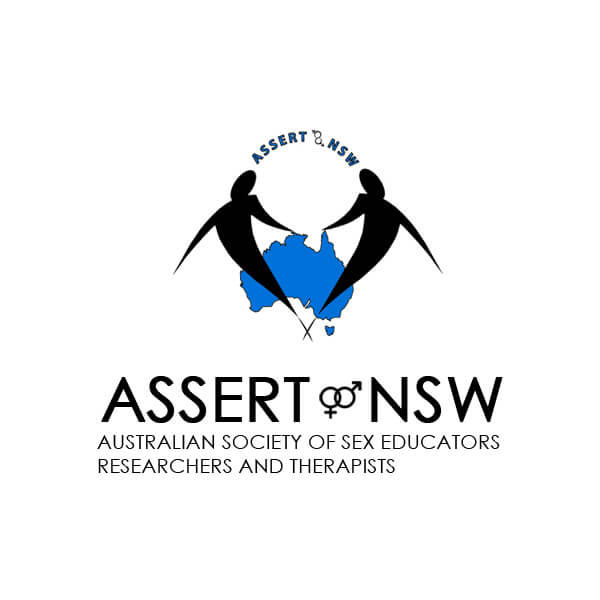Hypnosis To Stop Drinking
Whether you want to stop drinking entirely or enjoy it more responsibly — our professional hypnotherapy sessions offer a fast, effective and achievable solution
- Reduce Drinking
- Evidence-Based approach
- Clinical Specialist Care
Hypnosis To Stop Drinking
Take Back Control Of Your Drinking Habits With Ease
Expert Recommended | Clinically Proven | Hypnotherapy Method
Whether you want to stop drinking entirely or enjoy it more responsibly — our professional hypnotherapy sessions offer a fast, effective and achievable solution. We do this by resetting the subconscious triggers, beliefs and patterns holding you back. This helps minimise your withdrawals, cravings and impulses. So that you can easily regain control and live a healthier, more responsible life in no time.
Take Back Control Of Your Drinking
Experience Rapid, Lasting Change
Easy & Effective
Support Your Savings
Expert Recommended
Take Home Recording
We Help You Tackle Your Subconscious
To Overcome Your Impulses With Ease.
Reduced or Abstained
Over a Full Year
Better Managed
Drinking triggers
Meet Your Clinical Hypnotherapists

Paul Smith
Cinical Hypnotherapist
We empower you to reshape your thoughts and regain control.
“Being trapped in your own mind can be daunting, but it’s the limiting beliefs holding you back, not you. Change is a journey. With the right guidance, you can overcome these patterns. Let’s work together to achieve lasting transformation.”
Paul Smith | Co-Owner | Clinical Hypnotherapist
Paul Smith
A Clear, Easy Pathway to a Drink Free Life.
“Imagine waking up free of hangovers, frustration, guilt, and health concerns. It may seem impossible, but by targeting the beliefs that fuel your drinking, my approach paves a clear path to freedom. With reduced triggers and cravings, quitting becomes easier.”
Rebecca Smith | Co-Owner | Clinical Hypnotherapist
Rebecca Smith

Rebecca Smith
Cinical Hypnotherapist
How Can Hypnotherapy
Help You Control Drinking?
Overcome Drinking Triggers
Enhance Your Willpower
Tailored Approach
Reduce Impulses & Cravings
Natural & Highly Effective
Achieve Lasting Change
Ready to Take Back Control?
Customers consistently praise the exceptional quality and performance. Positive experiences with reliable service strengthen trust. The overall satisfaction reinforces a strong recommendation to others.
Sober Socializing Success
Never thought I'd enjoy socializing sober. Now it's my new normal. Thank you!
Skeptic Turned Believer
Skeptical at first, but the results speak for themselves. Haven't touched a drop in months.
Understanding the Root Cause
The root cause approach here is brilliant. Finally understanding why I drank has made all the difference.
Regaining Control
From daily drinker to social sipper. Norwest Wellbeing gave me back control.
My Turning Point
I was at rock bottom. This treatment was the turning point in my recovery.
Embracing Clarity and Energy
Thought I'd miss drinking. Turns out, I love the clarity and energy of sobriety more.
Learn Just How Much You Could Save
Quit Drinking In Just 3 Easy Steps

1. Schedule Your Appointment

2. Attend Your In-Clinic Session

3. Regain Control Over Alcohol
Ready to Take Back Control?
We don't drink to get drunk, We drink to fill a void.
Stop Drinking with Hypnotherapy. Contrary to popular belief, drinking isn’t just about the substance—it’s driven by underlying psychological issues. Deciding to quit drinking alcohol be hard., especially if you’re drinking alcohol every night.
This is why Hypnotherapy is such a powerful solution – because it reprograms the subconscious to solve the feeling without alcohol.
Which helps individuals overcome impulses and cravings – to achieve lasting recovery with ease.

What’s Included
In Your Booking
Hypnosis Session
Trance Recording
3 Month Follow-Up
Ongoing Support
Start Your Journey Today

Regain Control of Your Drinking Experience Rapid, Lasting Change
At Sydneys premier hypnotherapy clinic to reduce or stop drinking, we've successfully assisted thousands of clients in regaining control of their drinking habits or achieving complete sobriety in just 1 to 2 sessions.Our clinically proven hypnotherapy techniques target the root causes and reprogram the subconscious mind for enduring, transformative results.
Customers consistently praise the exceptional quality and performance. Positive experiences with reliable service strengthen trust. The overall satisfaction reinforces a strong recommendation to others.
Beyond Just Alcohol
The tools I learned here have applications beyond just alcohol. It's improved every aspect of my life.
Holistic Wellbeing Approach
The holistic approach addressed not just the drinking, but my whole wellbeing.
Learning to Say No
Learning to say no to drinks was tough. The techniques I learned here made it possible.
From Doubtful to Convinced
I came in doubtful, left a believer. My consumption has dropped dramatically.
Personalized and Supportive
The personalized approach here sets it apart. Felt truly understood and supported.
Breaking the Emotional Cycle
Breaking the emotional drinking cycle seemed impossible until I came here.

















